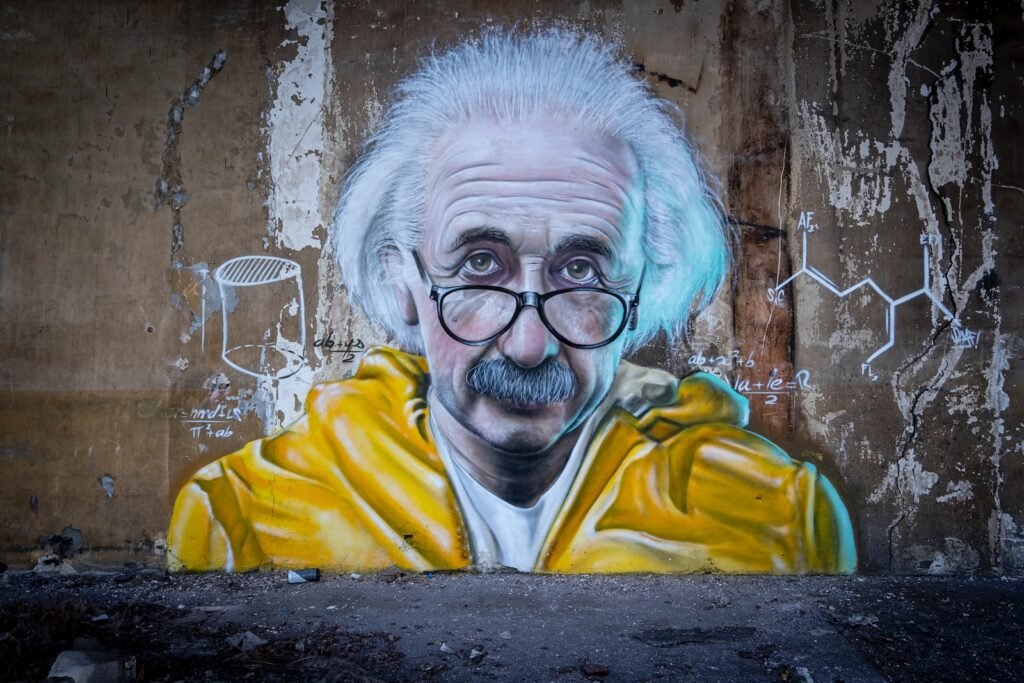Albert Einstein : The Revolutionary Mind Behind the Theory of Relativity
Albert Einstein (1879-1955) was a German physicist who is widely regarded as one of the most influential scientists of the 20th century. He is best known for his groundbreaking work on the theory of relativity and his contributions to the development of the atomic bomb.

Einstein was born on March 14, 1879, in Ulm, Germany. He showed an early aptitude for mathematics and physics, but struggled in traditional school settings. In 1895, he moved to Switzerland to complete his secondary education and enrolled in the Polytechnic School in Zurich, where he studied physics and mathematics.
In 1905, Einstein published four papers that revolutionized the field of physics. One of these papers proposed the theory of special relativity, which fundamentally changed the way scientists understood space and time. Another paper introduced the concept of mass-energy equivalence, which is now represented by the famous equation E=mc^2.
In 1915, Einstein published his theory of general relativity, which extended the principles of special relativity to include gravity. This theory provided a new framework for understanding the universe and has been confirmed by numerous experiments and observations.
Einstein continued to work on the development of quantum mechanics, a field that emerged in the early 20th century to explain the behavior of subatomic particles. However, he remained skeptical of the implications of quantum mechanics, famously stating that “God does not play dice with the universe.”
In addition to his scientific work, Einstein was an outspoken advocate for peace and social justice. He was a pacifist and a supporter of the civil rights movement in the United States. He also warned of the dangers of nuclear weapons and played a key role in the development of the atomic bomb during World War II.
Einstein died on April 18, 1955, in Princeton, New Jersey. He is widely regarded as one of the greatest scientists of all time and his work continues to inspire researchers in fields ranging from physics and mathematics to philosophy and literature.







Pingback: Archimedes - StudySaga.in